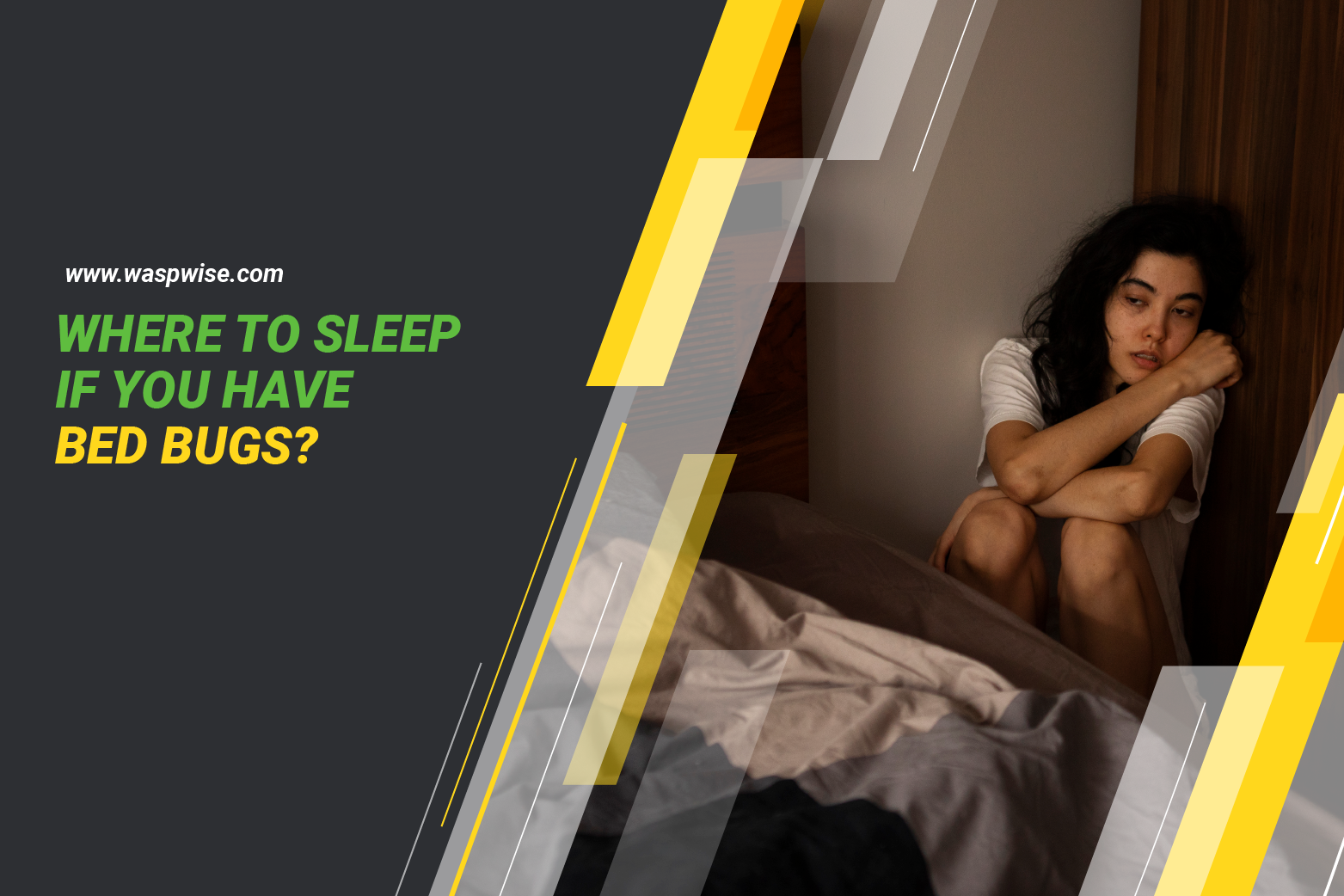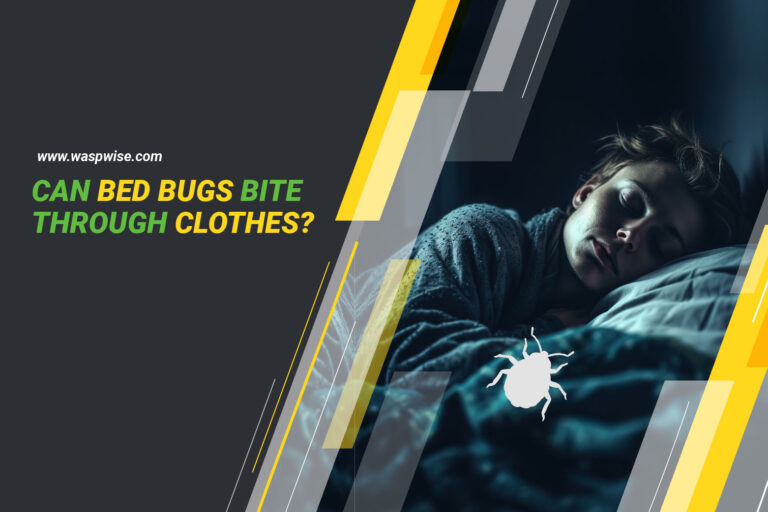WHERE TO SLEEP IF YOU HAVE BED BUGS
Bed bugs can be a nightmare to deal with. These tiny, blood-sucking pests are known for their ability to infest your sleeping areas and turn your peaceful nights into itchy and uncomfortable experiences. When bed bugs invade your bed, the question of where to sleep becomes a significant concern. In this article, we’ll explore some practical solutions to this problem.
Temporary Sleeping Options During Bed Bug Treatment
When you discover bed bugs in your mattress or bedding, it’s crucial to act promptly. During the treatment process, you might need to find alternative places to sleep to avoid further infestation. Here are some temporary sleeping options to consider:
- Guest Rooms: If you have a spare room that’s bed bug-free, consider using it as a temporary sleeping space. Make sure the room is thoroughly inspected and cleaned before moving your sleeping quarters there.
- Sofas and Couches: Some people opt to sleep on sofas or couches, especially if these pieces of furniture are located in a different room. However, it’s important to encase them with bed bug-proof covers to prevent infestation.
- Air Mattresses: Inflatable air mattresses can be a good choice for temporary bedding. They can be set up in another room, and you can use them while your bed bug problem is being addressed.
Tips and Precautions for Sleeping in Infested Environments
If you’re dealing with a bed bug infestation, you may not be able to eliminate them before bedtime. In such cases, it’s crucial to take precautions to minimize your exposure to bed bugs. Here are some tips for sleeping in an infested environment:
- Bed Bug-Proof Encasements: Invest in bed bug-proof encasements for your mattress and box spring. These covers can trap any bed bugs inside and prevent them from reaching you.
- Regular Inspections: Inspect your sleeping area regularly for signs of bed bugs, such as fecal stains, shed skins, or the bugs themselves. Early detection can help you take action sooner.
- Isolate Bedding and Clothing: Keep your bedding and clothing separate from infested areas. Use plastic bags or bins to store these items, making it harder for bed bugs to infest them.
Maintaining Personal Hygiene and Minimizing Risks
While dealing with bed bugs, maintaining personal hygiene becomes even more crucial. Here are some hygiene tips to minimize risks:
- Regular Laundry: Wash your bedding, clothing, and even stuffed animals regularly in hot water. The heat can kill bed bugs and their eggs.
- Shower Before Bed: Take a shower before getting into a bed bug-free sleeping area. This can help remove any bed bugs or eggs that may have attached to your skin or clothing.
- Prevent Spreading: Be cautious when moving between sleeping and infested areas. Change your clothing in a separate, non-infested area, if possible, to avoid spreading bed bugs.
Concluding Advice on Resolving the Bed Bug Issue
Ultimately, the goal is to eliminate bed bugs from your home entirely. While temporary sleeping solutions can provide relief, it’s crucial to address the root of the problem. Here’s some concluding advice:
- Professional Pest Control: Consider hiring professional pest control services. Experienced exterminators have the knowledge and tools to eradicate bed bugs effectively.
- Thorough Cleaning: Thoroughly clean and declutter your living spaces. Reducing hiding spots can make it easier to locate and treat bed bugs.
- Prevent Future Infestations: After eliminating the current infestation, take steps to prevent future bed bug problems. Be vigilant when traveling and inspect your luggage after trips.
In summary, bed bugs can make your nights unbearable, but with the right approach, you can still find safe places to sleep during treatment. Keep in mind the importance of professional help, proper precautions, and maintaining hygiene. By following these guidelines, you’ll be on your way to getting a good night’s sleep without the unwelcome company of bed bugs.







